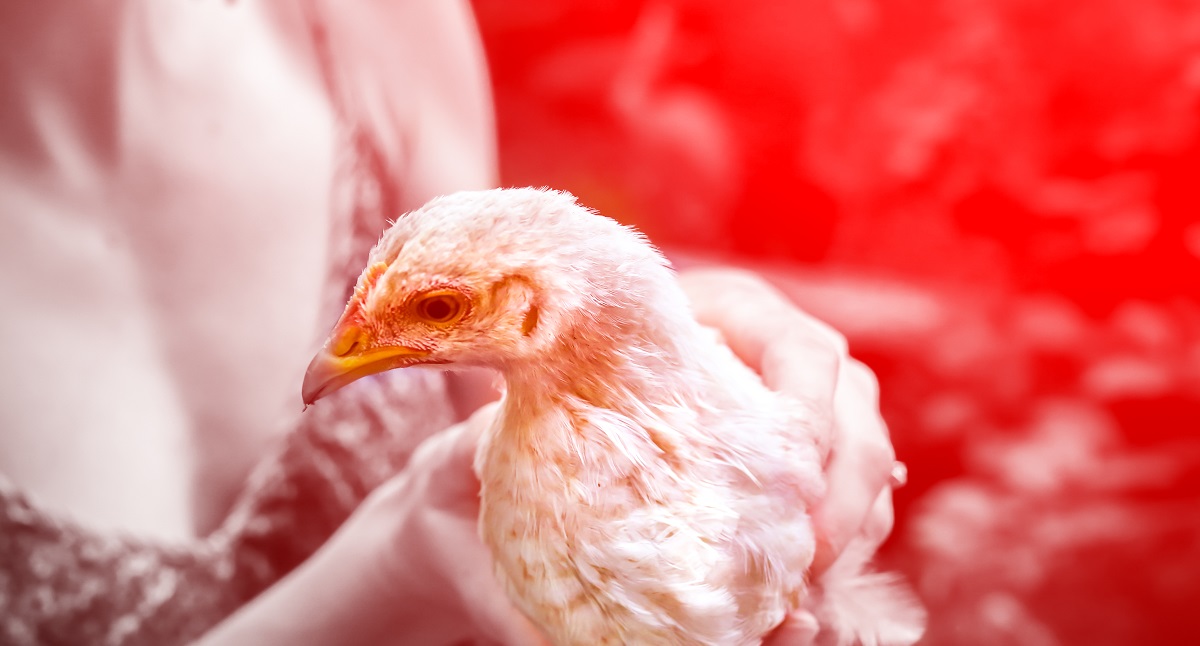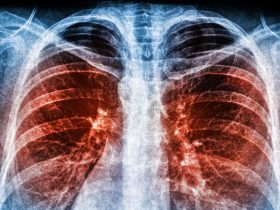Human infection by avian-origin subtype H10 influenza viruses has raised concerns about the pandemic potential of these microbes. H10 subtype low pathogenic avian influenza viruses (LPAIVs) have been isolated from wild birds and poultry worldwide. Here, we isolated 36 H10 LPAIVs from wild bird habitats (a mean annual rate of 3.8% of all avian influenza virus isolations) from January 2010 to April 2019 through a nationwide active surveillance program for avian influenza viruses (AIVs). Phylogenetic analysis revealed that the hemagglutinin (HA) gene of H10 isolates formed eight distinct genetic subgroups (HA-A-H). Unlike other Eurasian-origin subgroups, the HA-H subgroup belonged to the North American lineage. Gene-constellation analysis revealed that 24 H10 LPAIVs constituted ≥18 distinct genotypes, representing high levels of genetic diversity. An intravenous pathogenicity index (IVPI) experiment showed that the pathogenicity of representative strains of the HA-B, E, and G subgroups possessing an IVPI score > 1.2 was associated with replication capacity in the chicken kidney in the absence of trypsin. Intranasal inoculation experiments showed that a representative strain of the HA-D subgroup replicated and transmitted in chickens without clinical signs. Subclinical virus shedding in chickens may contribute to its silent spread among the poultry population. Moreover, six representative viruses replicated in the lungs of mice without prior adaptation and a representative strain of the HA-C subgroup caused 40% mortality, with severe body weight loss. These findings highlight the importance of intensive surveillance of wild bird habitats, poultry farms, and the animal-human interface, along with appropriate risk assessment of isolated viruses. This article is protected by copyright. All rights reserved.
Pathogenesis and genetic characteristics of low pathogenic avian influenza H10 viruses isolated from migratory birds in South Korea during 2010-2019








Leave a Reply